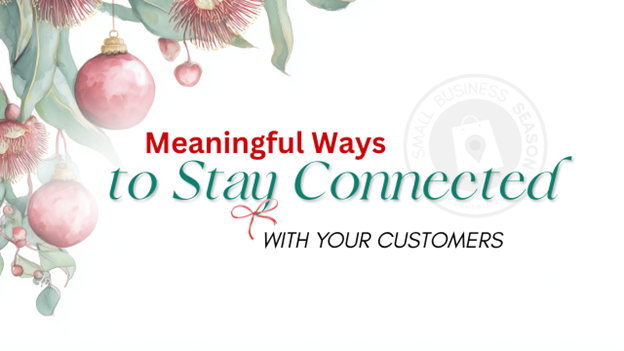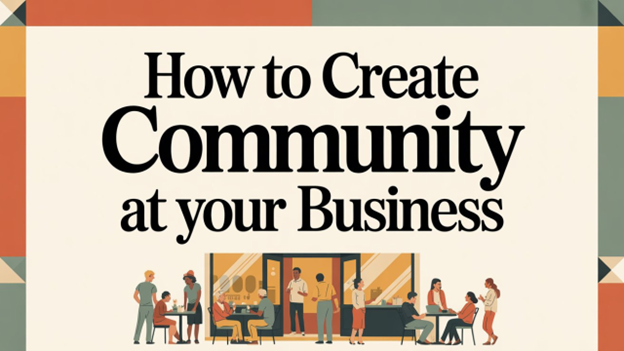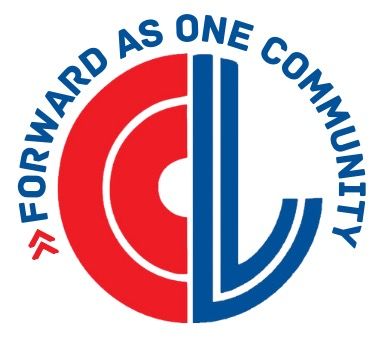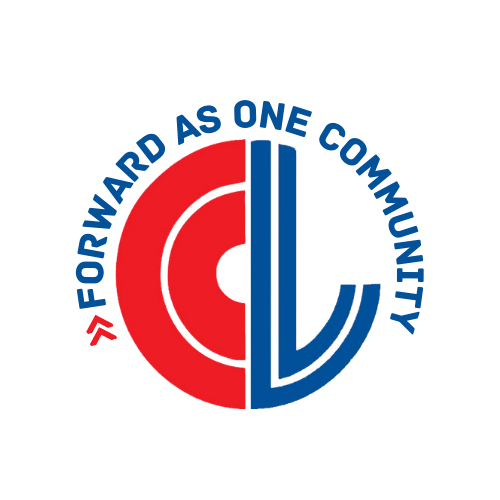6 Ways to Snag Last-Minute Shoppers For Small Business Season
Turn Panic into Profit
The holiday rush is on, and while many shoppers are organized and planned, there's always a wave of last-minute buyers scrambling for gifts. This is your chance to shine and make some last-minute sales before the new year!
You have a few critical days to capture those frantic shoppers and boost your end-of-year sales.
Capitalize on the Small Business Win
Amazon and other online stores may be able to get items to your doorstep almost quicker than you can find a parking place at the mall these days, but at some point, they’re limited by distance. Late into December shippers simply can’t meet the holiday deadline. There’s an ordering cut-off for Christmas deliveries.
That’s where local businesses can shine. You have items that are available now. But availability alone won’t drive sales. You need to ensure people know about what you have to offer.
Here’s how you can appeal to those anxious last-minute shoppers:
Highlight Express Options & Deadlines
Flexibility is key at the last-minute. People often don’t have time to stroll through a store. They want the convenience of shopping online.
Promote online ordering with in-store pickup. It's the ultimate last-minute solution. Make sure this option is clear on your website, social media, and even Google My Business profile. If you offer local delivery, make sure you talk that up too.
For businesses without an online store, post images of popular items along with their prices on your website and social media. Encourage people to order by phone, Messenger, or email.
You can also sell through some social media platforms without an e-commerce site. However, adding a shopping feature to your website is something that should be on top of your list to get done in the new year. People want to buy on their schedule. An online store allows them to do that.
Create a Sense of Urgency (Without the Pressure):
While most people know when the big day is, adding a countdown clock to your website and social media posts emphasizes the dwindling time. Make sure those social media posts (and your website) display your store hours prominently. Don’t get potential customers interested and then make them search to find out if you’re open or not.
If you’re running low on a popular item, post low stock alerts such as "Only 3 left!" These magic words can spur immediate action. It also can convince people to buy something they hadn’t considered because that alert serves as social proof on the gift’s popularity.
Host a flash sale. Short, intense bursts of discounts create excitement and drive quick purchases. If you post them solely on social media and inform people of that, flash sales will also encourage follows.
If flash sales aren’t your thing, consider hosting a Midnight Sale the day before Christmas Eve or a similar attention-grabbing extension of your hours. Make it a party at your business.
Remember, for these ideas to be effective, you need to ensure people know about them.
Make Gift Buying a Breeze
Last-minute shoppers often are paralyzed by inaction. “Waiting for ideas” is a common reason people put off shopping. Curated gift guides such as "Gifts for Him," "Gifts for the Techie," etc., can help shoppers quickly find what they need and be spurred into action.
Another helpful tactic is to take the guesswork out of gifting with a "Bestsellers" list of the most popular items in your business and share it on social.
Finally, offering gift wrapping services can be a lifesaver for time-crunched shoppers! If you don’t have the manpower for giftwrapping, pack each purchase in a nice shopping bag and throw in some pretty tissue paper.
Extend Your Hours (If Possible)
One of the reasons people often choose box stores over local ones is because they know the chains will be open. That’s the biggest impediment to your last-minute sales. To secure those last-minute shopper dollars, you should consider staying open later in the evenings and on weekend leading up to the holiday. Again, make sure you publicize this so people will shop with you.
Don't Forget the Gift Cards!
Gift cards are the ultimate last-minute solution. If you offer digital gift cards, that’s even better as they can be delivered instantly via email. (If you don’t currently have this technology, look into it before the next big sales season. People enjoy the convenience. Plus, it will help you capture a larger market—those who don’t live nearby.)
Additionally, feature gift cards on your homepage and in your navigation menu. Don’t take last-minute shoppers on a hunt for these items. Display them prominently. You can also offer last-minute bonus incentives such as "Buy a $50 gift card, get a $10 bonus card."
Again, none of this works if you don’t get the word out.
Here’s how you can make sure last-minute buyers know what you’re offering.
Master the Digital Marketing Blitz
In the last few days leading up to the big day you can’t market and post enough. Some of the activities you should consider include:
- Focus on location-based targeting to reach local shoppers.
- Send out emails with subject lines like "Don't Panic! Last-Minute Gift Ideas" or "Still Time to Shop!"
- Reengage those who browsed your site but didn't buy through ads, texts, or emails featuring your best last-minute deals.
Finally, put yourself in the shoes of your last-minute shoppers. What do they need? How are they feeling? What can you do to help them come up with a quick and affordable solution?
If you market with this in mind, you will be their hero, and they can shine in the eyes of their recipient. Because even though people put off shopping until the last-minute, they don’t want it to look like they did.




